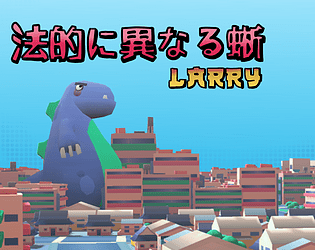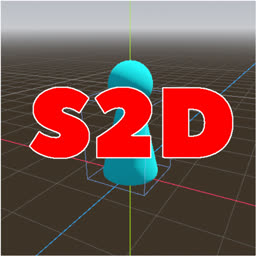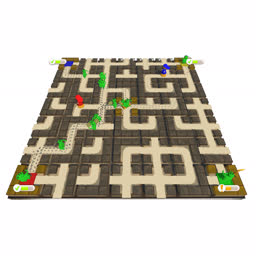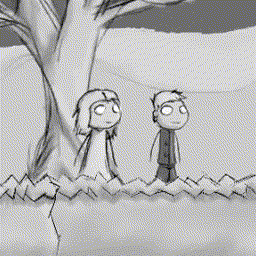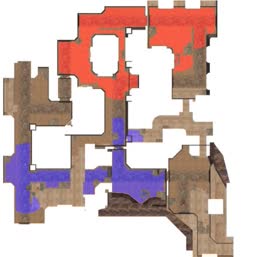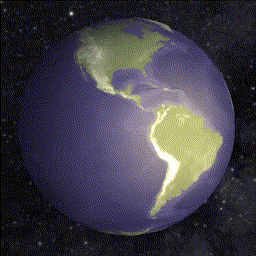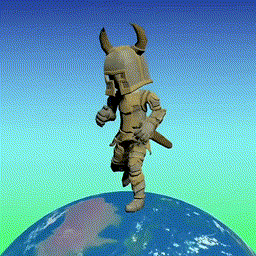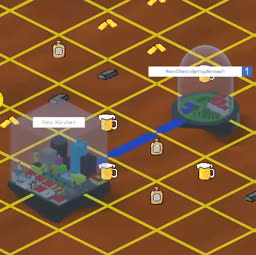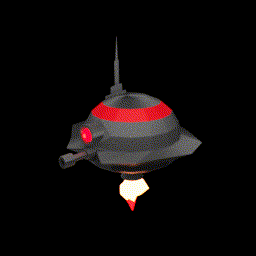Projects
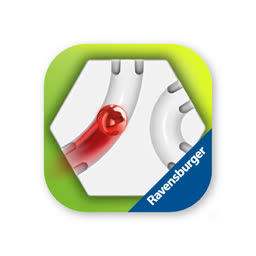
2023
Performance
Do You? Like Me!

2021/2022
Mobile App
Gravitrax
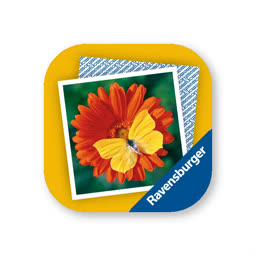
2021/2022
Mobile App
Memory
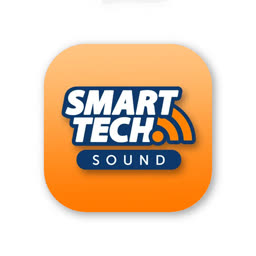
2021/2022
Mobile App
Brio Smart Tech
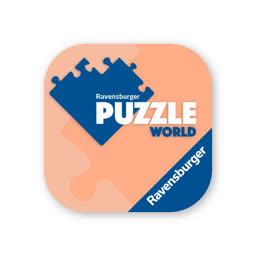
2021/2022
Mobile App
Puzzle World
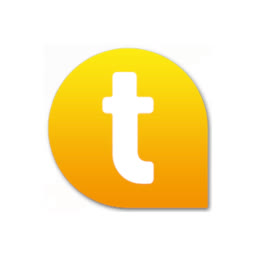
2021/2022
Desktop
TipToi Manager
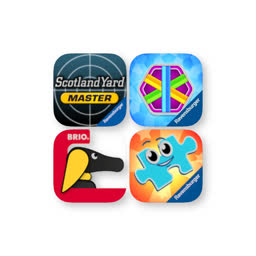
2021/2022
Mobile Apps
Maintainance
Personal and University
Education
Mensch-Computer-Systeme B.Sc
From 2014 to 2017 I studied Mensch-Computer-Systeme (Human-Computer-Systems) with a focus on
Human-Computer-Interaction at the University of Würzburg, without attainig the diploma.
2014 - 2017
Informatik: Game-Engineering B.Sc
Check out my bachelor's thesis
"Gameplay Analysis of Competitive Games to Support the Game Design Process"
on the
faculty
website
and on github.
2017 - 2020
Informatik: Game-Engineering M.Sc
After attainig the Bachelors diploma I started studying in the Game-Engineering masters course at TUM.
With measures to fight the Covid-19 pandemic ongoing and on-site teaching suspended, I decided to postpone
further studying and entered the job market.
WS 2020/2021
Work
Ravensburger AG
Junior Software Developer
Starting in early 2021 I joined the App Development Team at Ravensburger Digital Center in Munich.
Working on app such as Gravitrax, Brio Smart Tech or the Puzzle World, and maintaining many others.
C#
Unity
Blender
Jenkins
git
Bitbucket
Jira
04/2021 - 11/2022
IABG mbH
Software Developer Serious Games Visualization
In November of 2022 I started as Software Developer Serious Games Visualization at IABG in Ottobrunn.
C++
C#
osgEarth
Unity
Blender
git
Jira
11/2022 - ongoing
